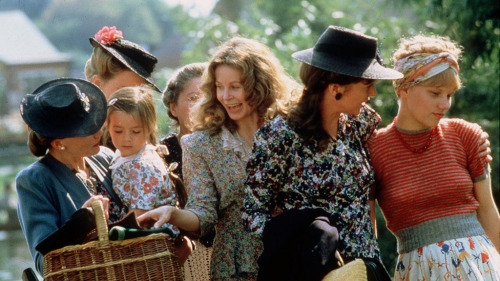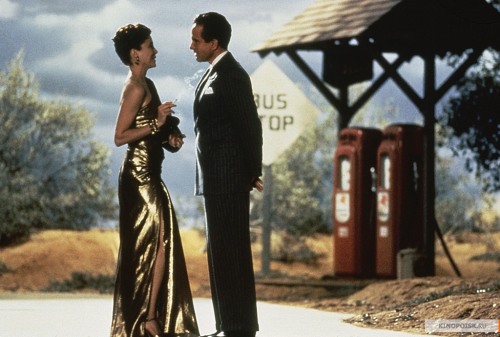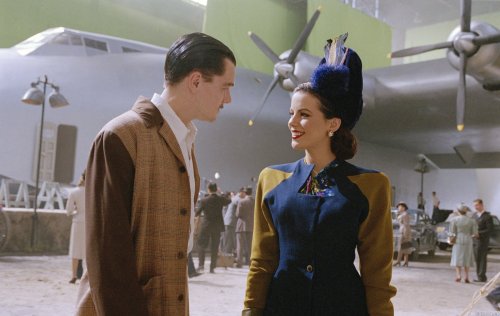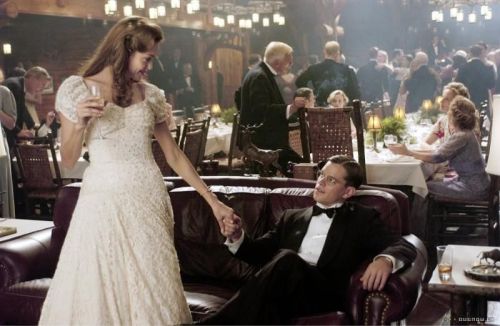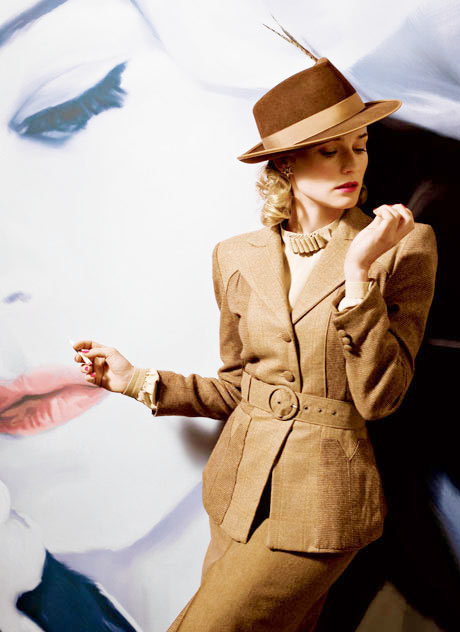
“JACK REACHER” (2012) Review
British author Lee Childs (aka Jim Grant) wrote a series of novels featuring a former U.S. Army Military police officer turned drifter, who is occassionally hired to investigate difficult cases. One of those turned out to be the 2005 novel, “One Shot”, which was recently adapted as a motion picture that stars Tom Cruise.
When writer/director Christopher McQuarrie decided to adapt “One Shot” as a movie, one of the first things he did was change the story’s title and location. The story became “JACK REACHER” and the setting was changed from a small Indiana city to Pittsburg, Pennsylvania. Like the novel, “JACK REACHER” began with the death of five random people by a sniper firing from a parking garage. Police detective Emerson finds evidence pointing a a former Army sharpshooter named James Barr, who was immediately arrested. Instead of confessing to the crime, Barr asked the police and District Attorney Alex Rodin to get drifter and former Army police Jack Reacher to help him. Reacher finally contacted Barr’s attorney, Rodin’s daughter, Helen Rodin. Reacher believed that Barr was guilty, because the latter had originally went on a killing spree during his last tour in Iraq, but got off on a technicality due to his victims being guilty of the gang rape of several Iraqi women. But Reacher’s investigation of the crime scene, along with an encounter with local thugs hired to scare him off, made him realized that Barr had been framed and that the killing spree was merely a cover up for a specific victim.
In the end, “JACK REACHER” proved to be a first-rate action thriller that I enjoyed very much. I would never consider the movie to be one of the best starring Tom Cruise. The basic narrative for “JACK REACHER” did not strike me as particularly original. I have come across similar action or mystery tales in which a series of killings hid one particular murder. But I must admit this particular story presented it in a particularly original way – especially with such a non-conformist like Reacher serving as investigator. There were other aspects of the movie that impressed me. One, I found the opening sequence featuring the sniper’s killing of the five people not only gruesome, but also nail biting. The tension in this particular sequence seemed ten-fold, when it looked as if one of the sniper’s victims might end up being a young child. Once Reacher realized that either Detective Emerson or District Attorney Rodin may be working for the man behind the shootings, the reek of law enforcement reeked throughout the film’s second half, increasing the movie’s tension ten fold. The movie also benefited from a first-rate, three-way car chase through the streets of Pittsburgh; with the police chasing Reacher for the murder of a young woman, and Reacher chasing two of the bad guys. The chase sequence also emphasized Caleb Deschanel’s colorful photography of Pittsburgh, a city that has struck me as quite charming during the past two decades.
There were a few aspects of “JACK REACHER” that troubled me. I wish that McQuarrie’s script had allowed Cruise’s Jack Reacher and Rosamund Pike’s Helen Rodin to consummate the sexual tension between them . . . at least once. I did not require the movie to end with them as a newly established couple. But I figured that one night between the sheets would not have hurt. Honestly! I found myself inwardly screaming “Get a room!” every time it looked as if they were about to lock lips. But the bigger problem for me turned out to be the main villain – a former Soviet prisoner-turned-Russian mobster known as the Zec. Do not get me wrong. I believe that director-actor Werner Herzog gave an exceptionally chilly performance as the mobster. But . . . I could not help but wonder if author Lee Childs and later, MacQuarrie tried too hard to portray him as some kind of cold monster, willing to do anything to survive . . . even chew off his fingers while in prison, in order to prevent himself from succumbing to gangrene. The Zec even forces one minion to either chew off a finger or face death for the latter’s mishandling of Reacher. I would have been impressed if it were not for the fact that the willingness to do anything to survive . . . or self-preservation is something of which just about every human being is capable of. It is simply human nature. And in the end, I was not that impressed by the Zec. Also, I could have sworn that the Zec and his men were carrying out a contract on behalf of someone else. I certainly got that impression in his first scene, which I eventually found rather misleading.
However, I was impressed by the film’s cast. I have already commented on Werner Herzog’s portrayal of the mobster called the Zec. Australian actor Jai Courtney gave an equally chilling performance as Charlie, the Zec’s main henchman and the shooter who kill those five people, in cold blood, in the opening scene. Robert Duvall made an entertaining addition to the cast as a former USMC veteran, who operated a gun shop frequented by the main suspect and the real killer. The year 2012 seemed to be the one for British actor David Oyelowo. He started out the year in “RED TAILS” (okay, not much of a start), but he finished out the year with an appearance in “LINCOLN” and a major role in this film. And I was very impressed by his portrayal of Detective Emerson. One, Oyelowo seemed to have a pretty good grasp of an American accent. And two, I found his portrayal of the police detective to be deliciously complex and murky. I could also say the same for Richard Jenkins, who gave a slightly twisted and sardonic portrayal as District Attorney Rodin. It seemed a pity that his appearances in the film seemed slightly limited.
It occurred to me that I have not seen Rosamund Pike in a major film production in quite a while. I do recall that she had appeared as Sam Worthington’s leading lady in “WRATH OF THE TITANS”. But I would rather forget about that particular film. Thankfully, she was much more memorable as Helen Rodin, the feisty defense attorney who hired Reacher. She possessed a solid American accent and more importantly, I enjoyed the way Pike infused both professionalism and emotion into her character. And her screen chemistry with Tom Cruise reeked with sexuality. Although I would not consider “JACK REACHER” to be among Cruise’s top films, I must admit that I think his role as the eccentric former Army investigator might prove to be one of his better roles. I really enjoyed Cruise’s performance as Reacher. Not only did he maintain the character’s eccentricity, but he also projected a subtle weariness that made me understand the character’s disappointment with society at large. He also infused a good deal of subtle humor that struck me as both entertaining and off-kilter. But more importantly, Cruise did a great job in projecting the character’s unstoppable force, without having to be the same height (6’5″) as the literary Reacher.
Like I said, I would not view “JACK REACHER” as one of the most memorable action movies I have ever seen. But I certainly would not regard it as mediocre. It possessed a solid story, written and directed by Christopher MacQuarrie. The movie also benefited from first-rate performances by a cast led by Tom Cruise in the title character.






